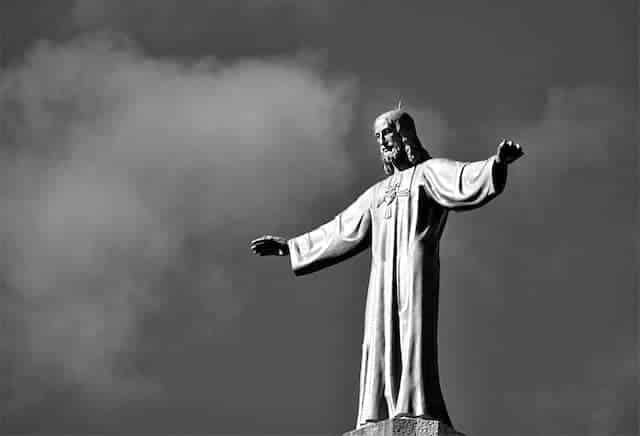Who was Jesus in Lord of the Flies? William Golding’s Lord of the Flies is a classic novel widely studied and analyzed by scholars and readers alike. One of the most intriguing aspects of the book is the character of Simon, who has often been viewed as the Christ figure of the story.
Who was Jesus in Lord of the Flies? (Answer)
In Lord of the Flies, Simon is depicted as a gentle, compassionate, and spiritual boy who is attuned to nature and has a deep understanding of the human psyche. He is the only character who consistently shows kindness and empathy towards the other boys, even when they behave cruelly and violently. Simon’s willingness to help others and his ability to see beyond appearances and social norms make him a unique presence on the island.
Throughout the novel, Simon is also shown to have a deep connection with the natural world. He spends much of his time exploring the island and observing its flora and fauna. His encounters with the “beast” on the island also suggest that he has a profound understanding of the primal instincts that drive human behavior.
The most significant aspect of Simon’s character is his spiritual nature. He is depicted as having mystical experiences that allow him to access a higher level of consciousness. One of the most powerful scenes in the novel is when Simon confronts the “Lord of the Flies,” a pig’s head on a stick that represents the evil and darkness within humanity. In this scene, Simon can see through the illusion of the beast and recognize that it is a projection of the boys’ fears and desires.
Simon’s Christ-like qualities are most evident in his death scene. After being mistaken for the beast and brutally murdered by the other boys, Simon is laid to rest in the ocean. The description of his body floating out to sea, surrounded by a halo of light, is reminiscent of traditional depictions of Christ’s resurrection and ascension.
How is Simon’s death like Jesus?
Simon’s death in Lord of the Flies is symbolic and can be compared to Jesus’ crucifixion. Similar to Jesus, Simon’s death intensifies the burden of sin pressing down upon the island. Just as Jesus’ sacrifice is seen as atonement for humanity’s sins, Simon’s death serves as a stark reminder of the darkness and evil that exists within each individual on the island. Both deaths highlight the struggle between good and evil, showcasing how there is a glimmer of hope for redemption and salvation even in desperate circumstances.
What does Simon represent in Lord of the Flies Chapter 3?
In Chapter 3 of Lord of the Flies, Simon represents an innate goodness that is separate from society’s influence. Unlike the other boys who are swayed by fear and savagery, Simon possesses a natural kindness that comes from within him. He is shown to be compassionate towards the littluns, and his actions demonstrate a sense of empathy and understanding. Simon’s character serves as a reminder that a deeper sense of morality exists within individuals, independent of societal teachings.
Why was Simon killed in Lord of the Flies?
In Lord of the Flies, Simon was killed because his attempt to spread knowledge and reveal the truth about the “beast” threatened the boys’ descent into savagery. Mistaken for the beast during a frenzied dance, Simon’s message of reason and enlightenment directly challenged Jack’s power and authority. In their fear and frenzy, the boys brutally murdered Simon, symbolizing how ignorance and violence can overpower truth and wisdom in a world devoid of civilization.
Who represents god in Lord of the Flies?
In Lord of the Flies, the adult guardian figure, who is absent throughout the novel, represents God. Golding’s main theme of mankind’s sinful nature is portrayed through the boys’ descent into savagery in the absence of societal comfort and authority. The absence of this god-like figure highlights how without guidance and moral compass, humanity tends to succumb to their darker instincts.
In the “Lord of the Flies”, what ends up being the monster?
In “Lord of the Flies,” the monster is revealed to be the innate darkness and evil within each of the boys. As they descend into savagery and abandon societal norms, their own fears, desires, and primal instincts become the true monster that lurks within them, leading to chaos, violence, and ultimately their downfall.
Conclusion
In conclusion, the character of Simon in William Golding’s Lord of the Flies can be seen as a Christ figure in the novel. His compassion, spiritual nature, and willingness to sacrifice himself for the sake of others make him a powerful symbol of love and redemption in a story that is otherwise dominated by violence and darkness.
